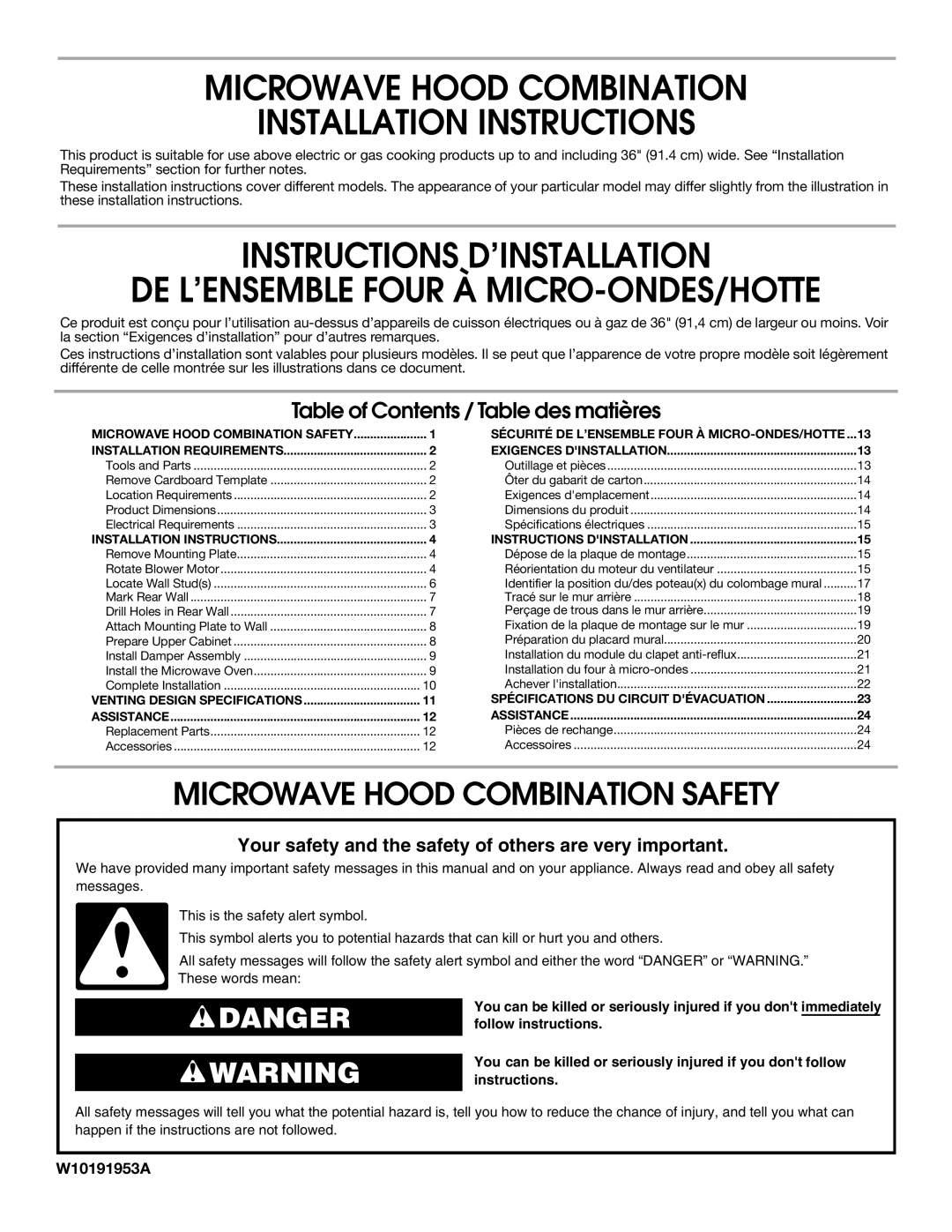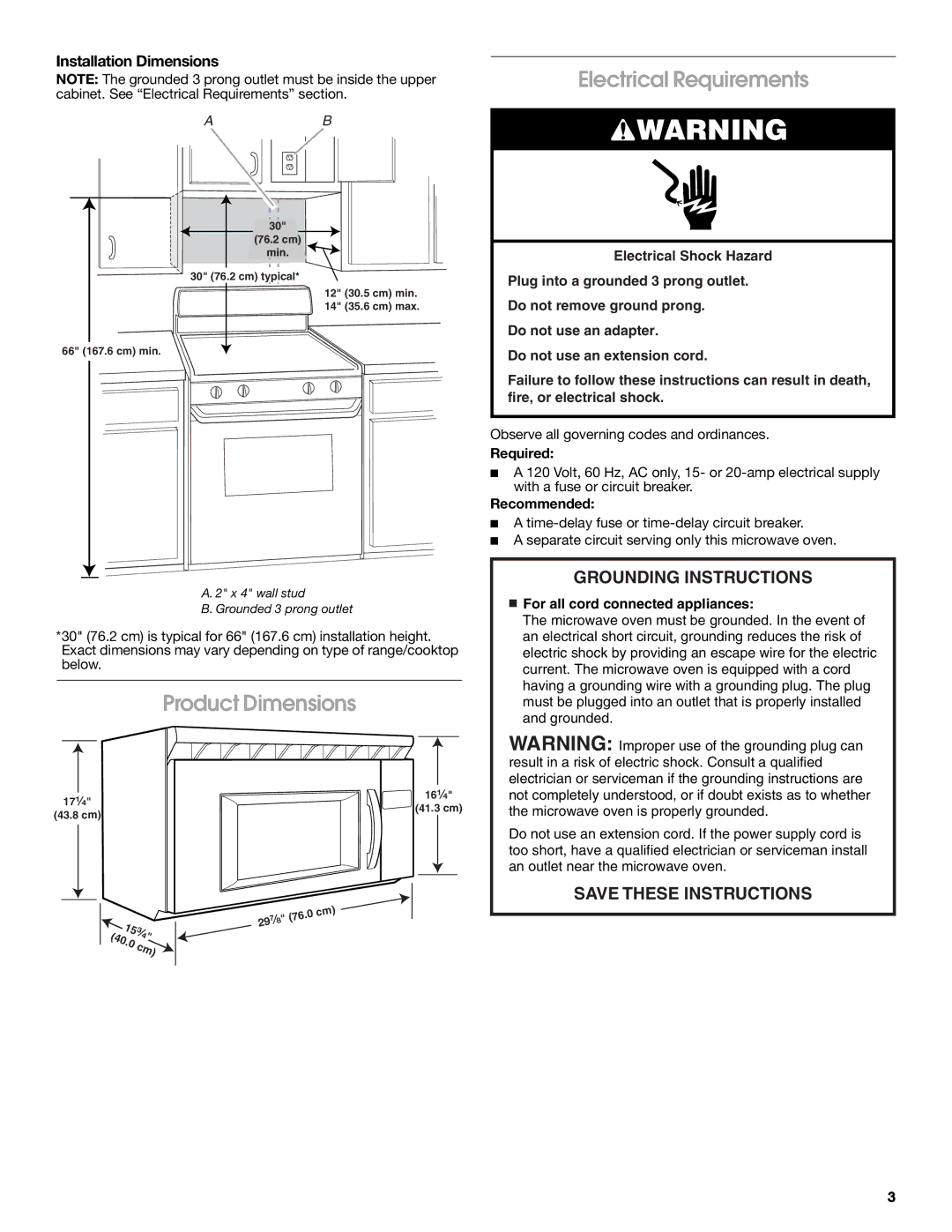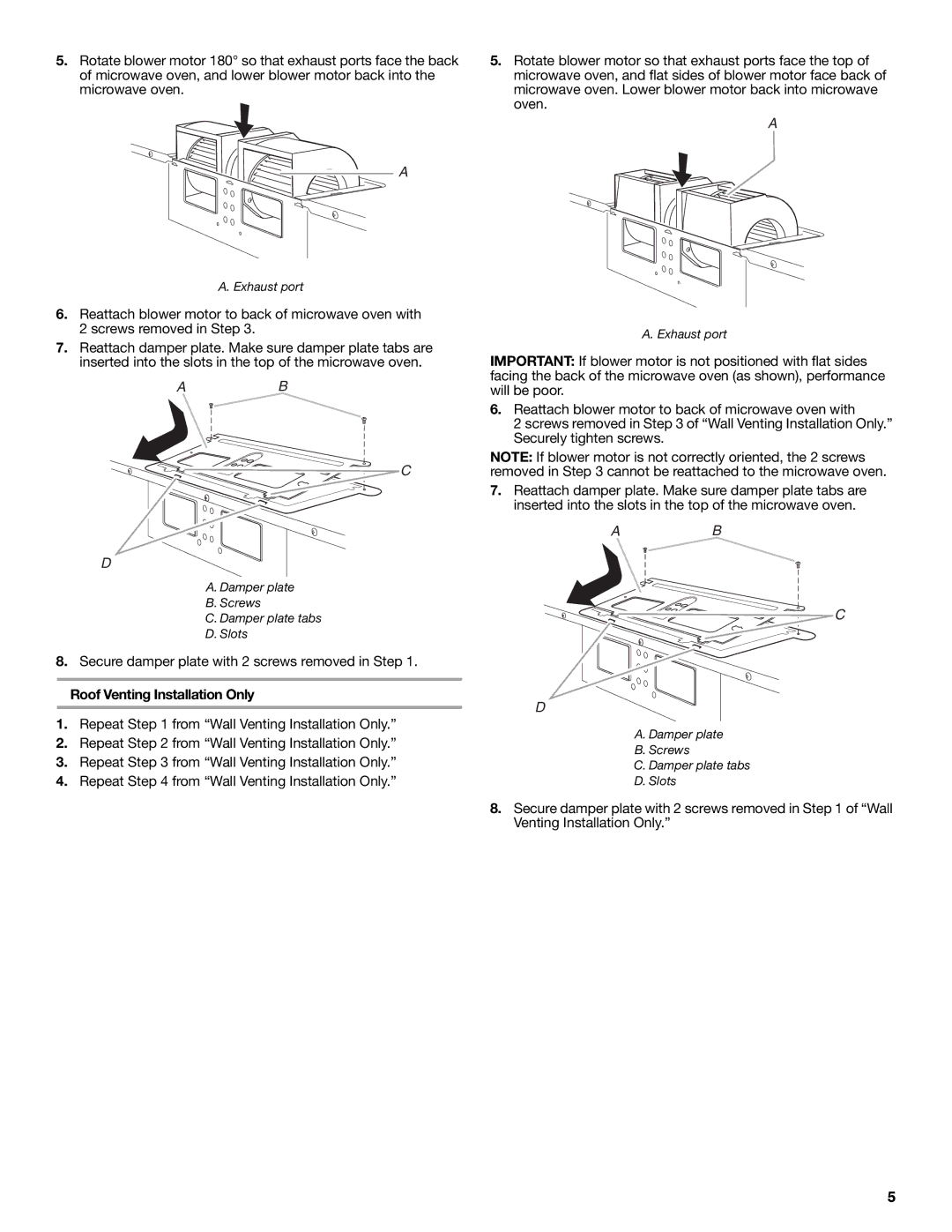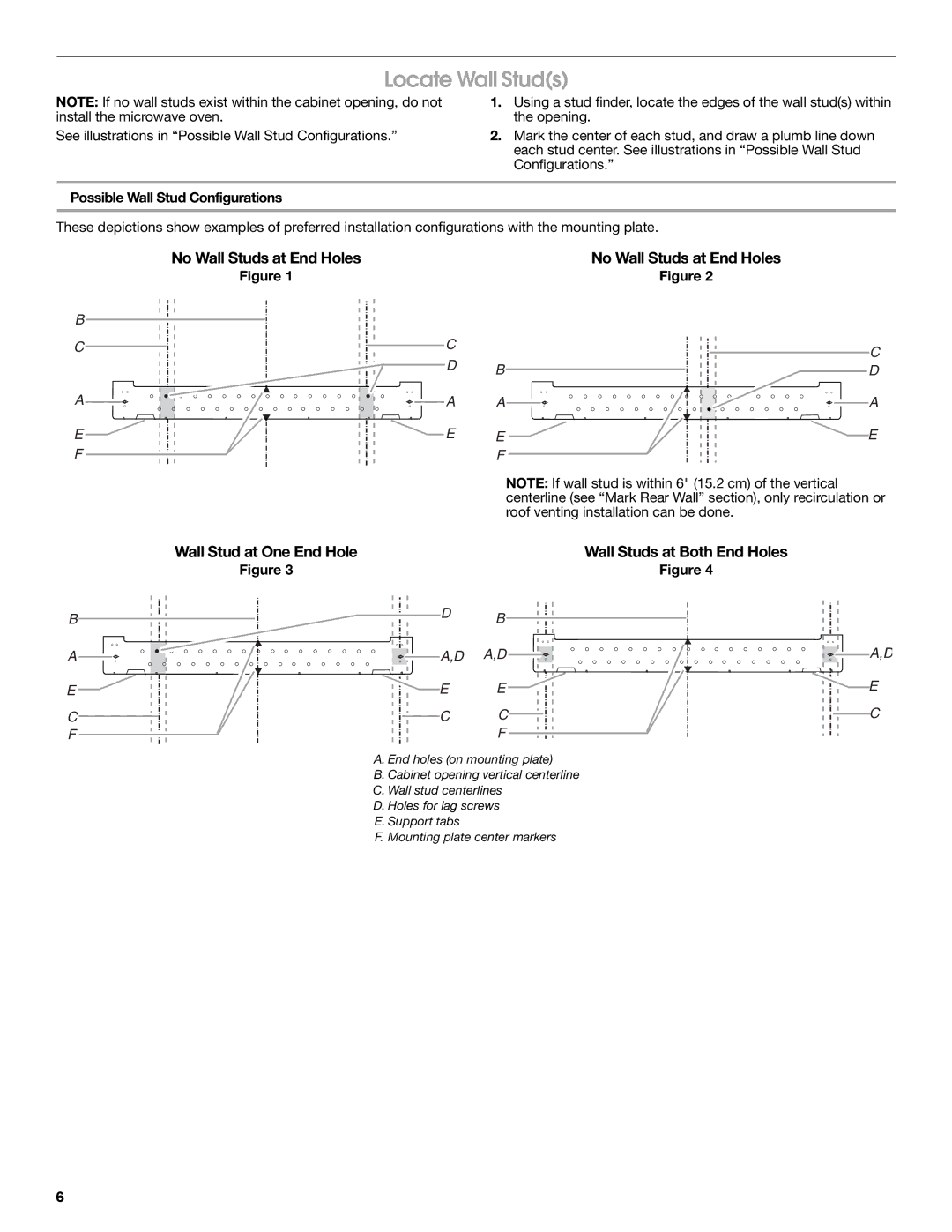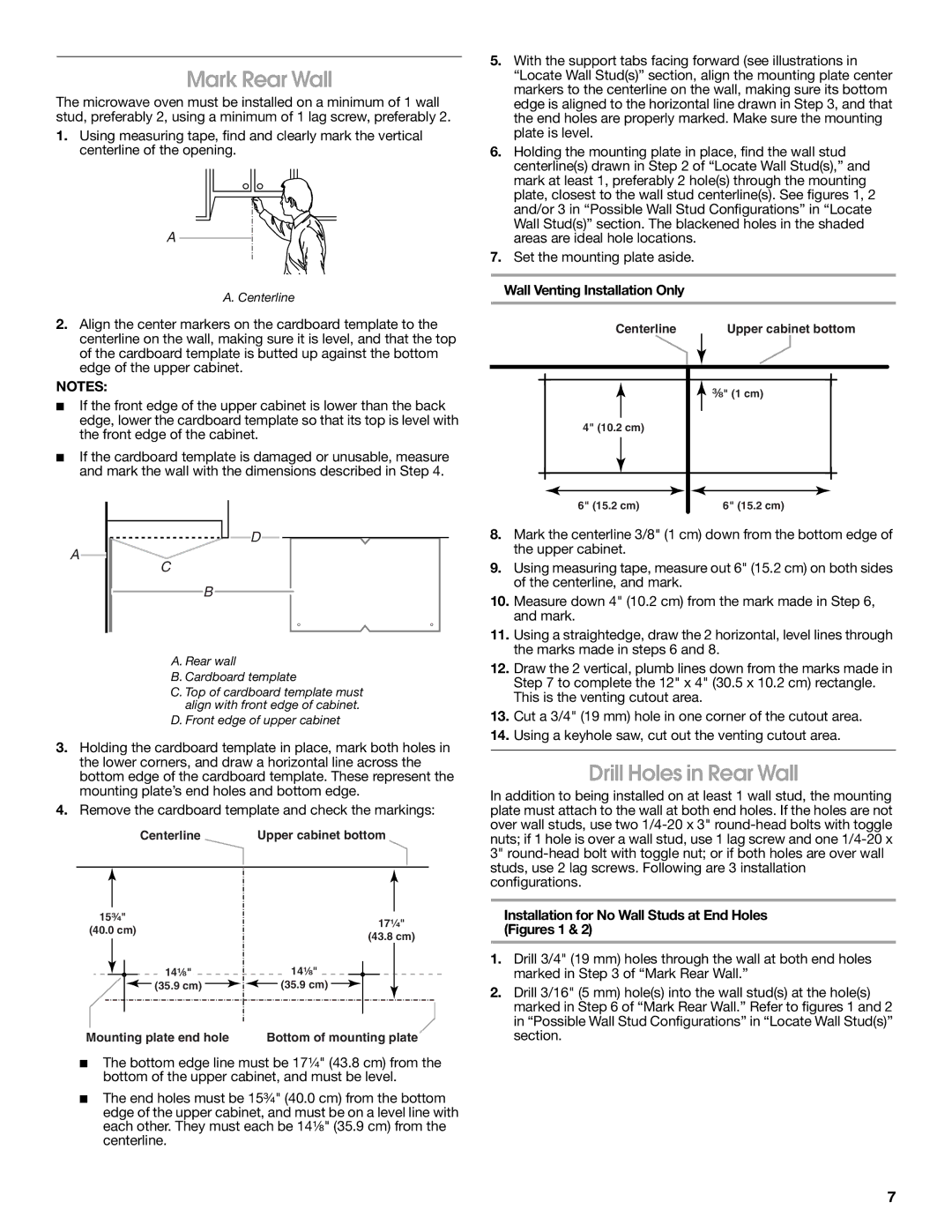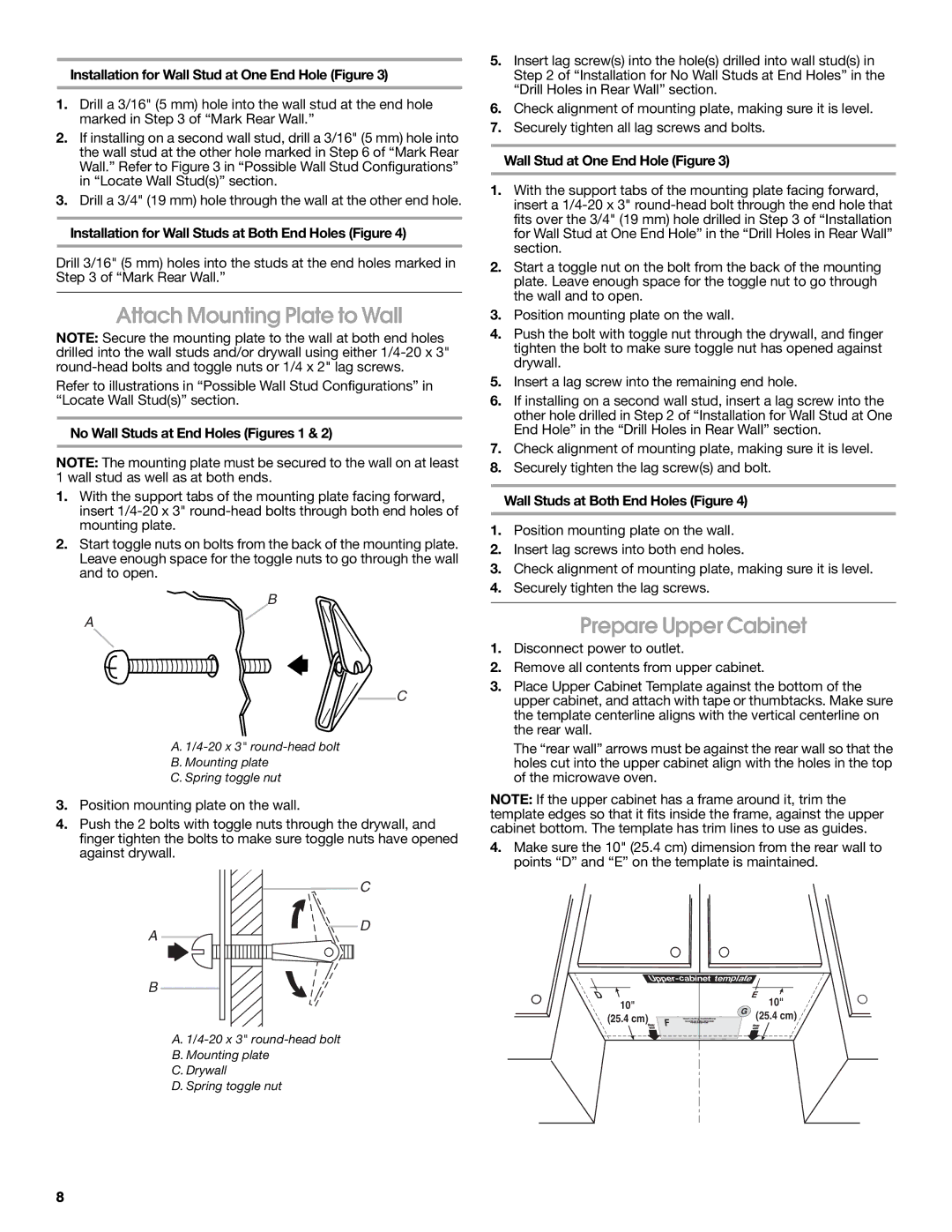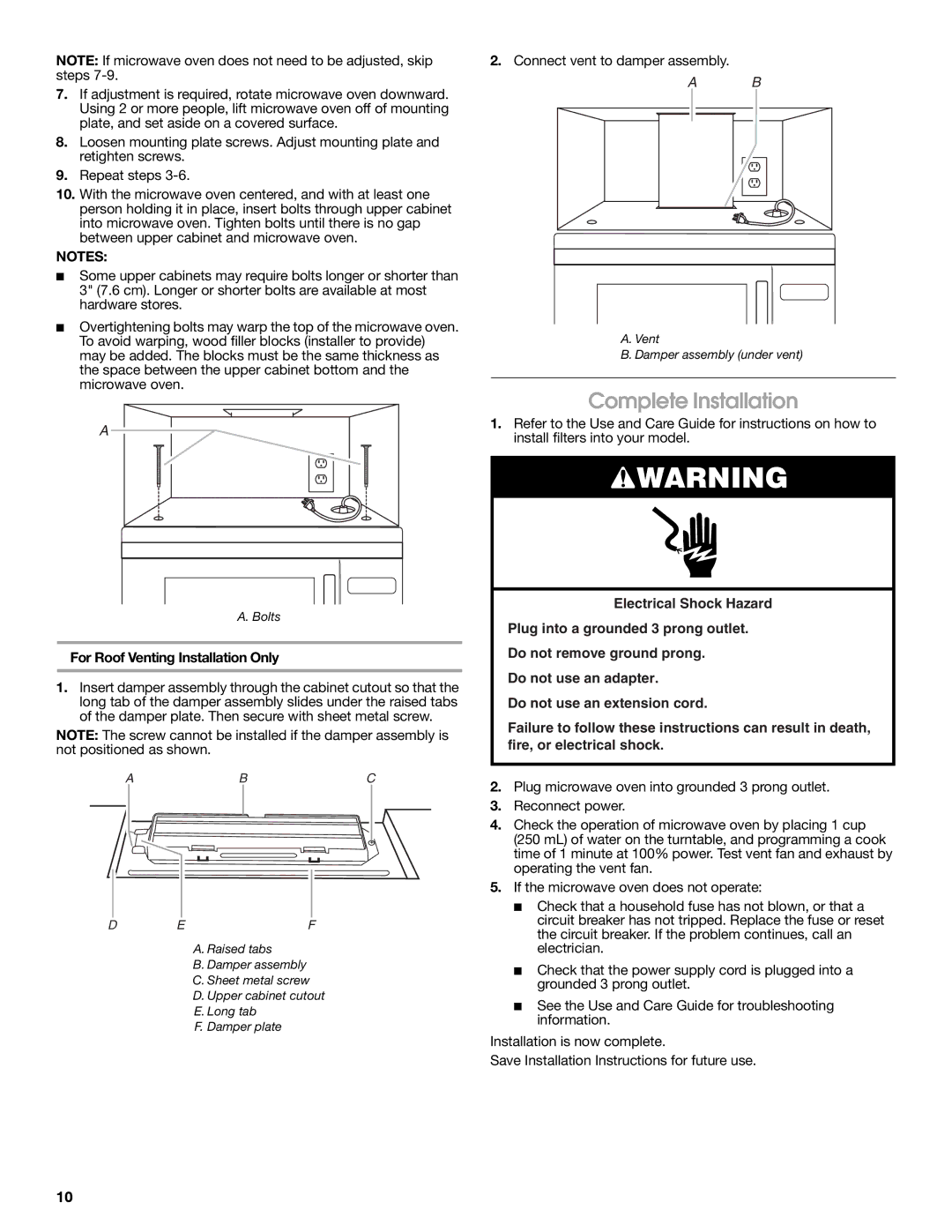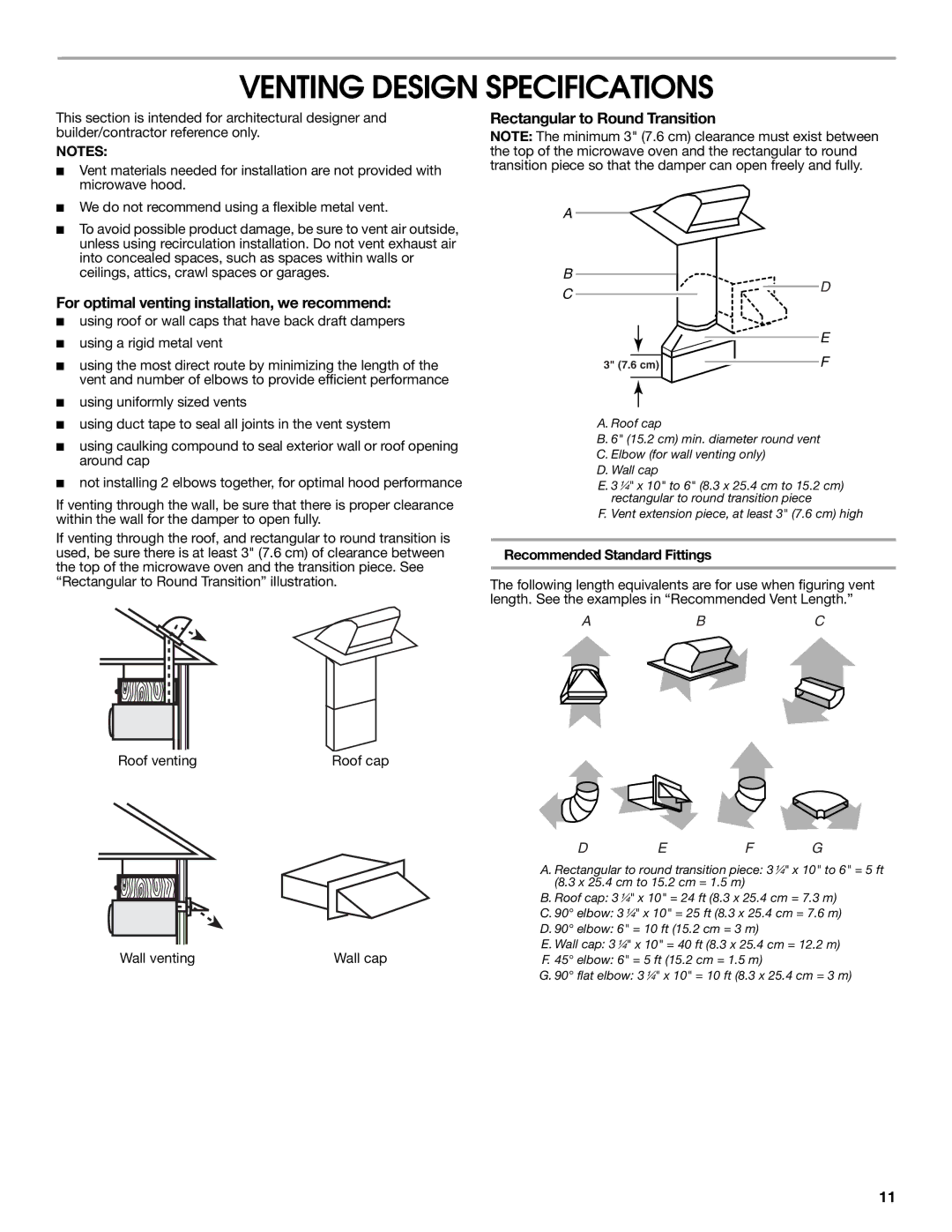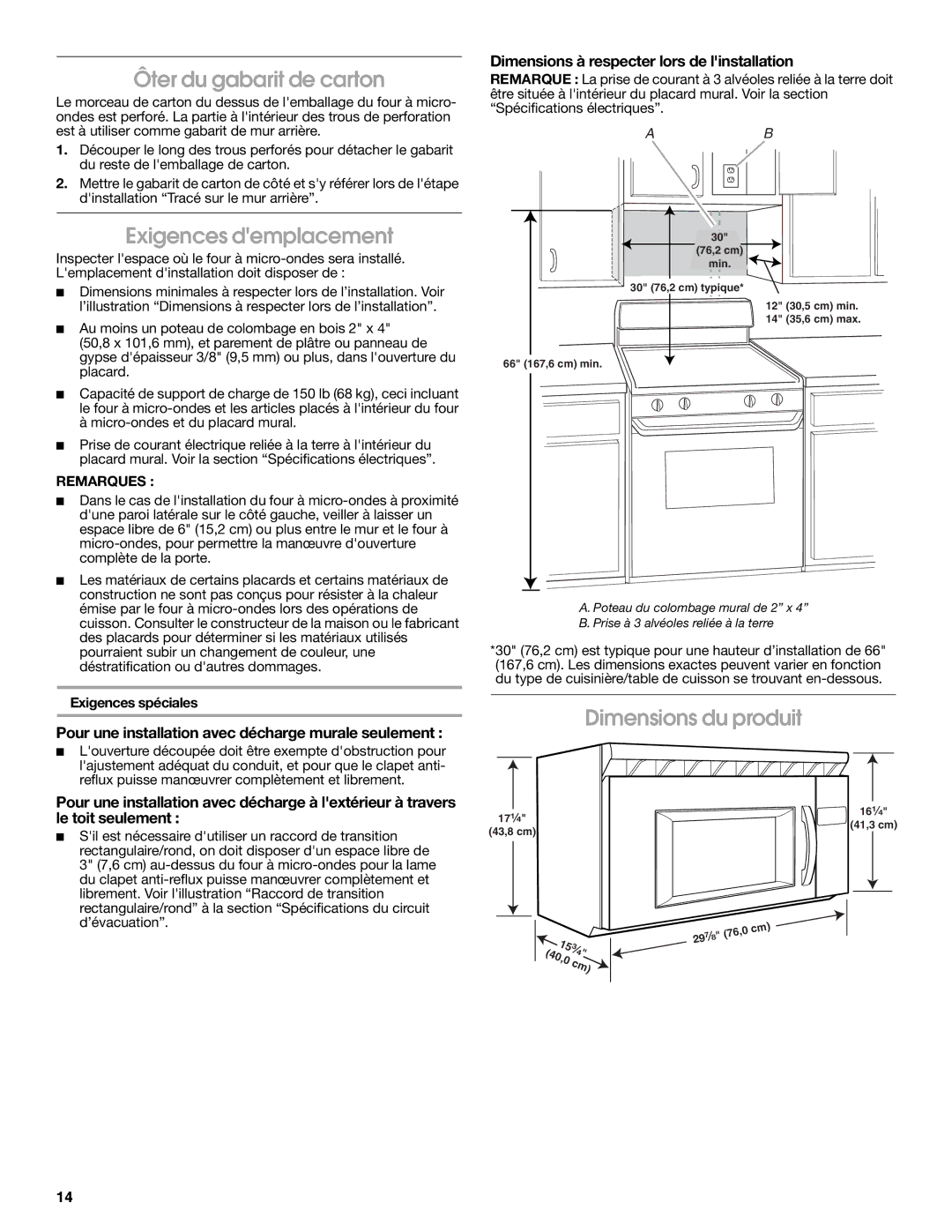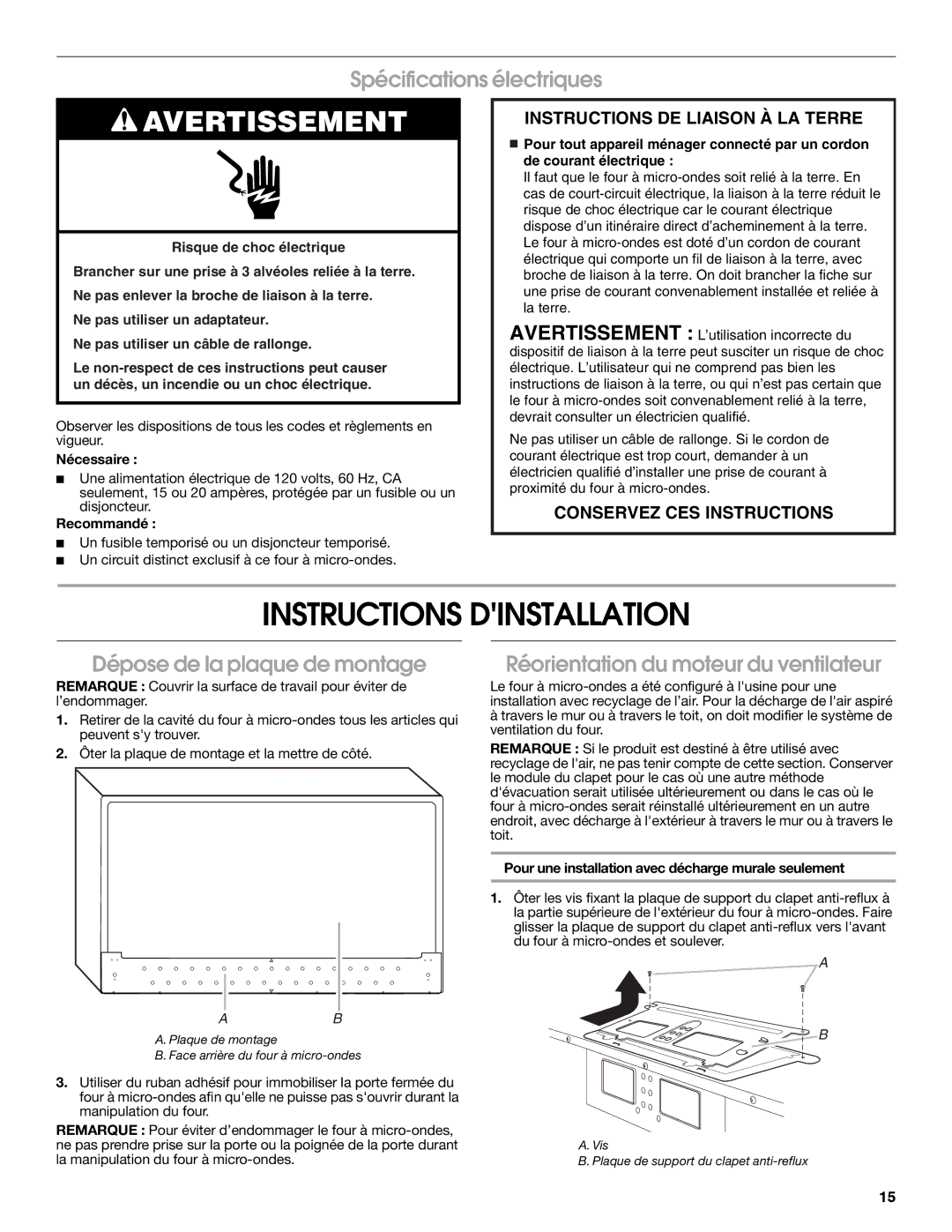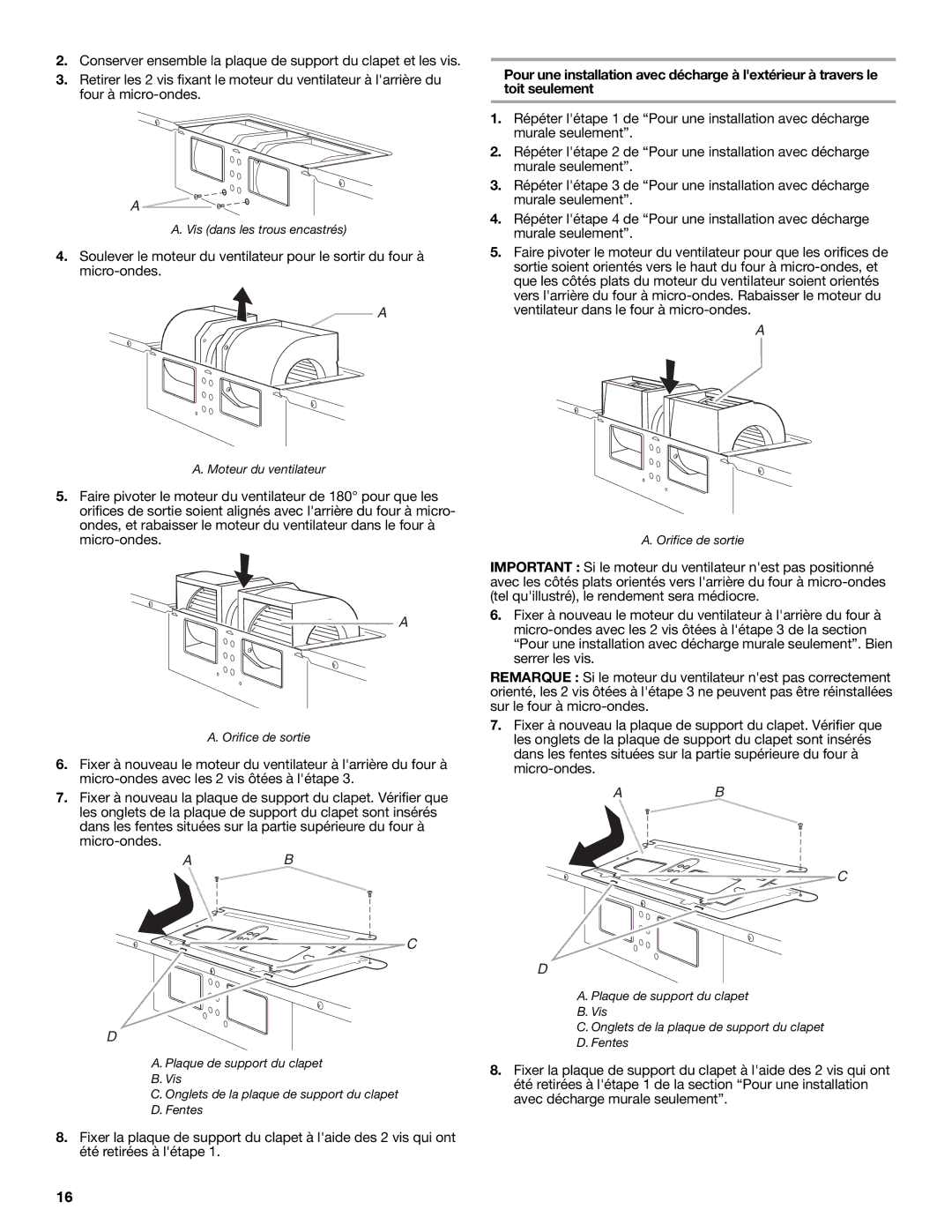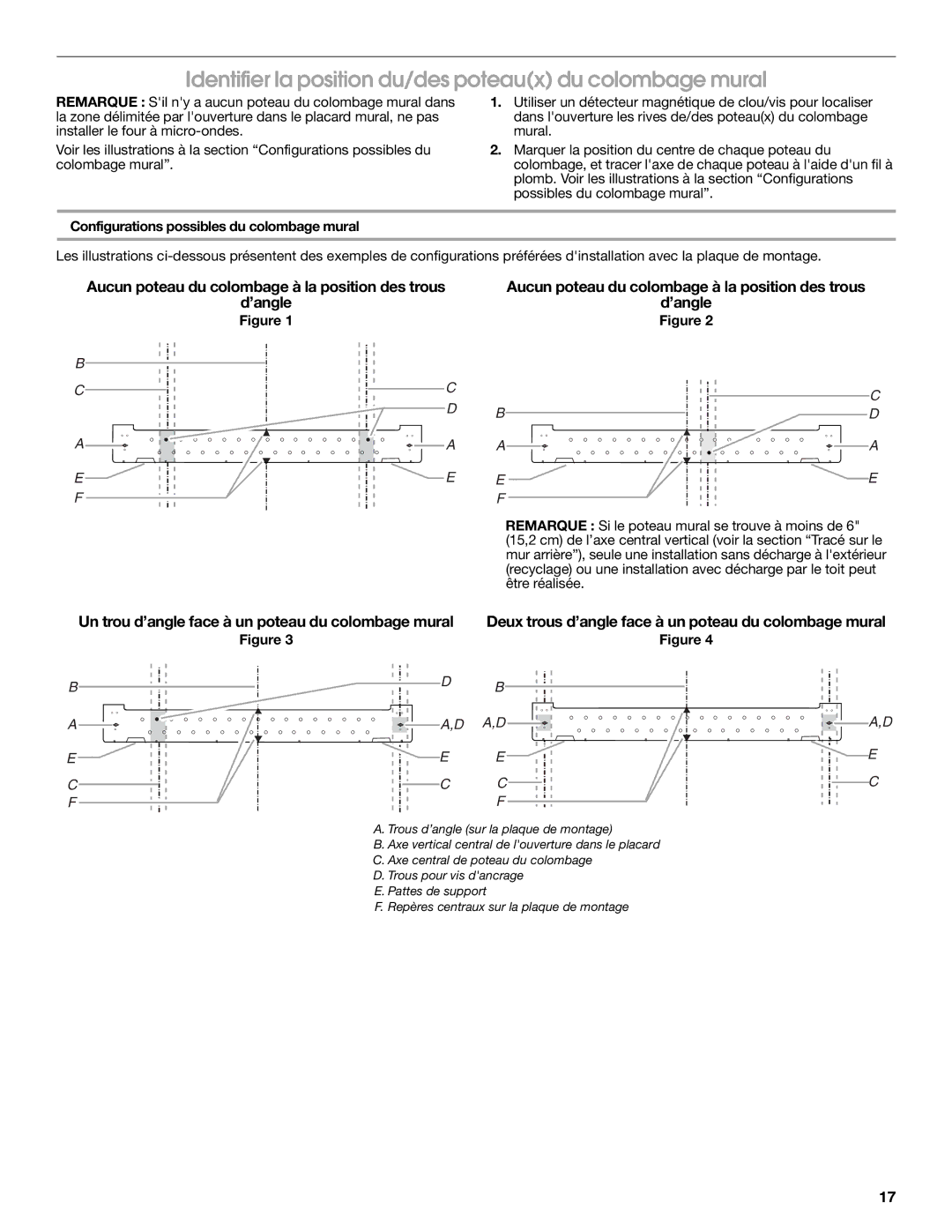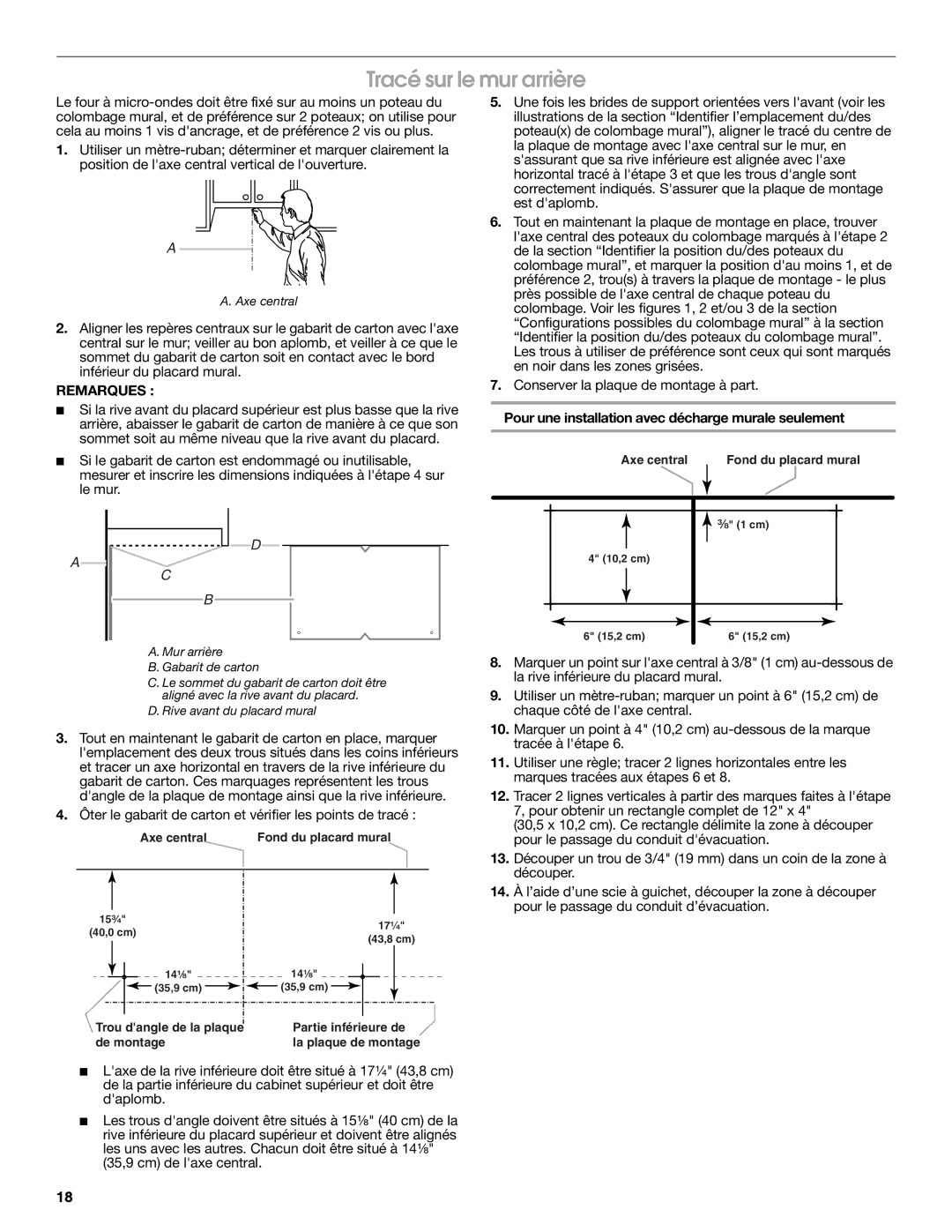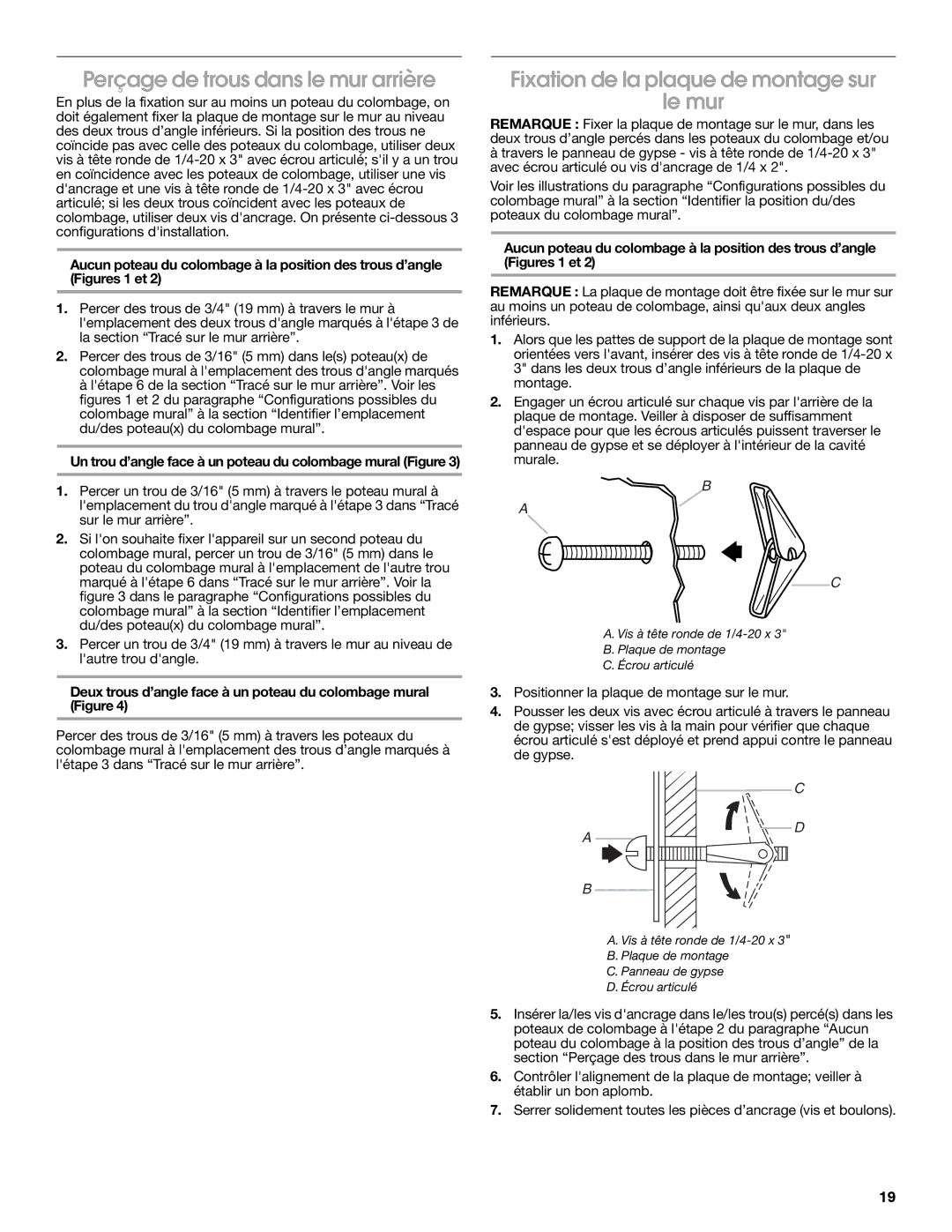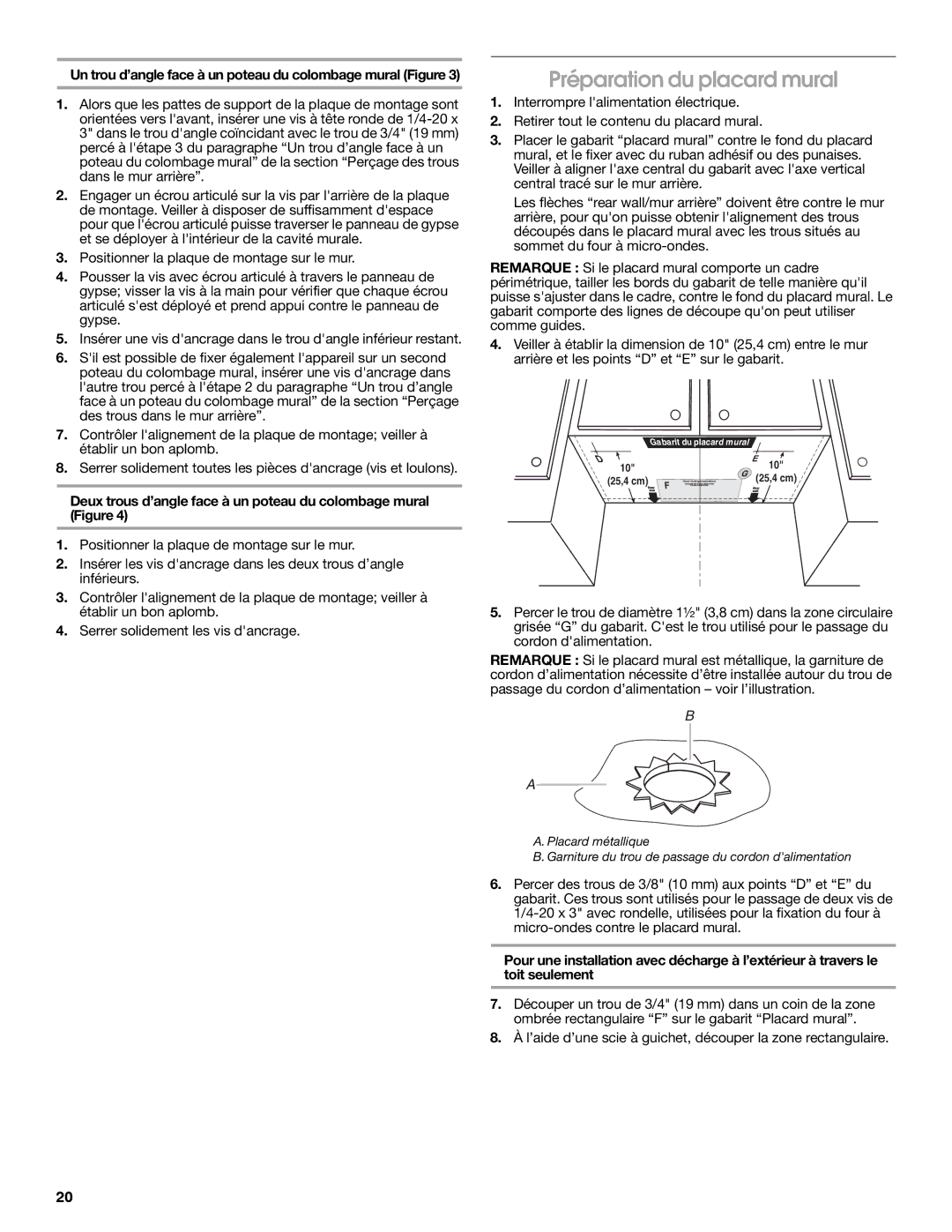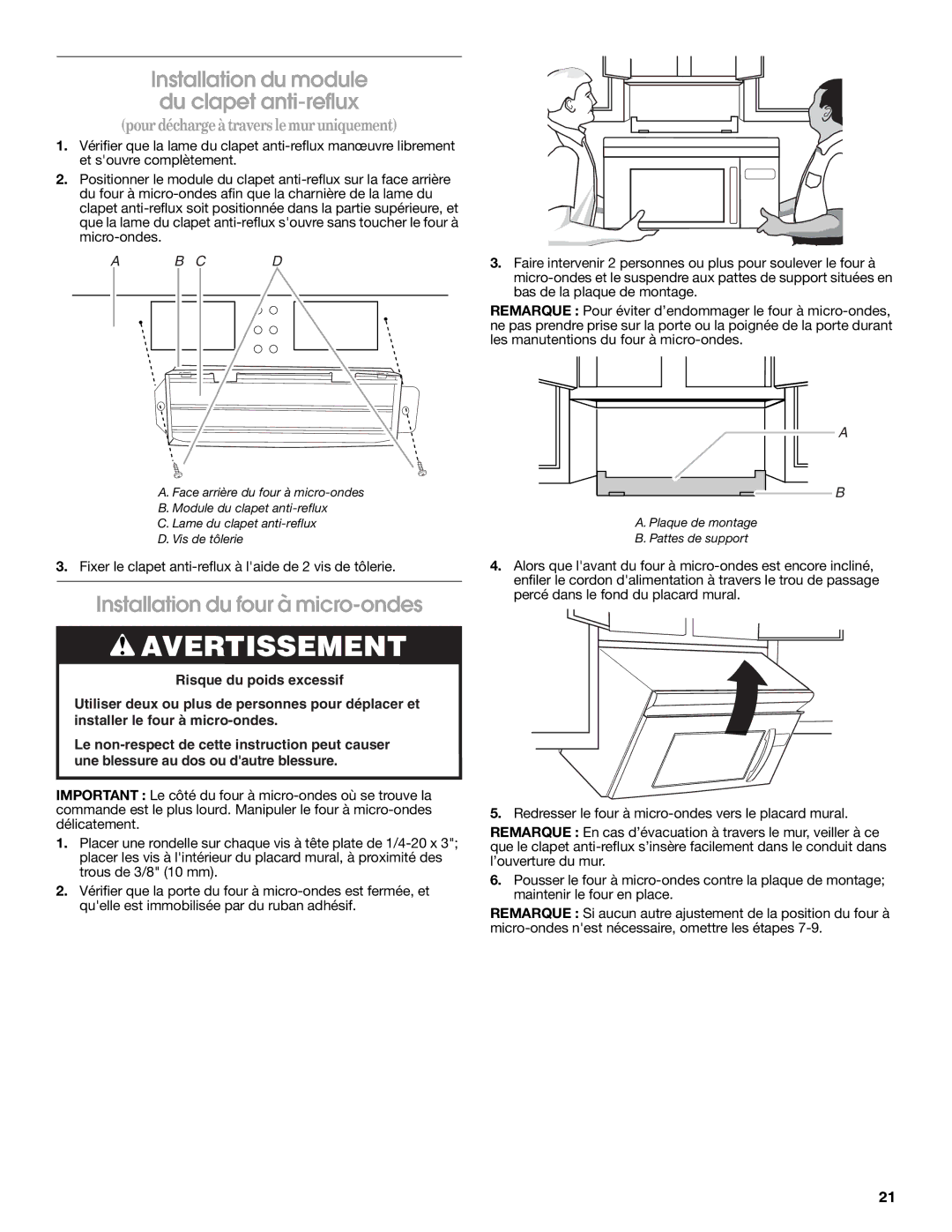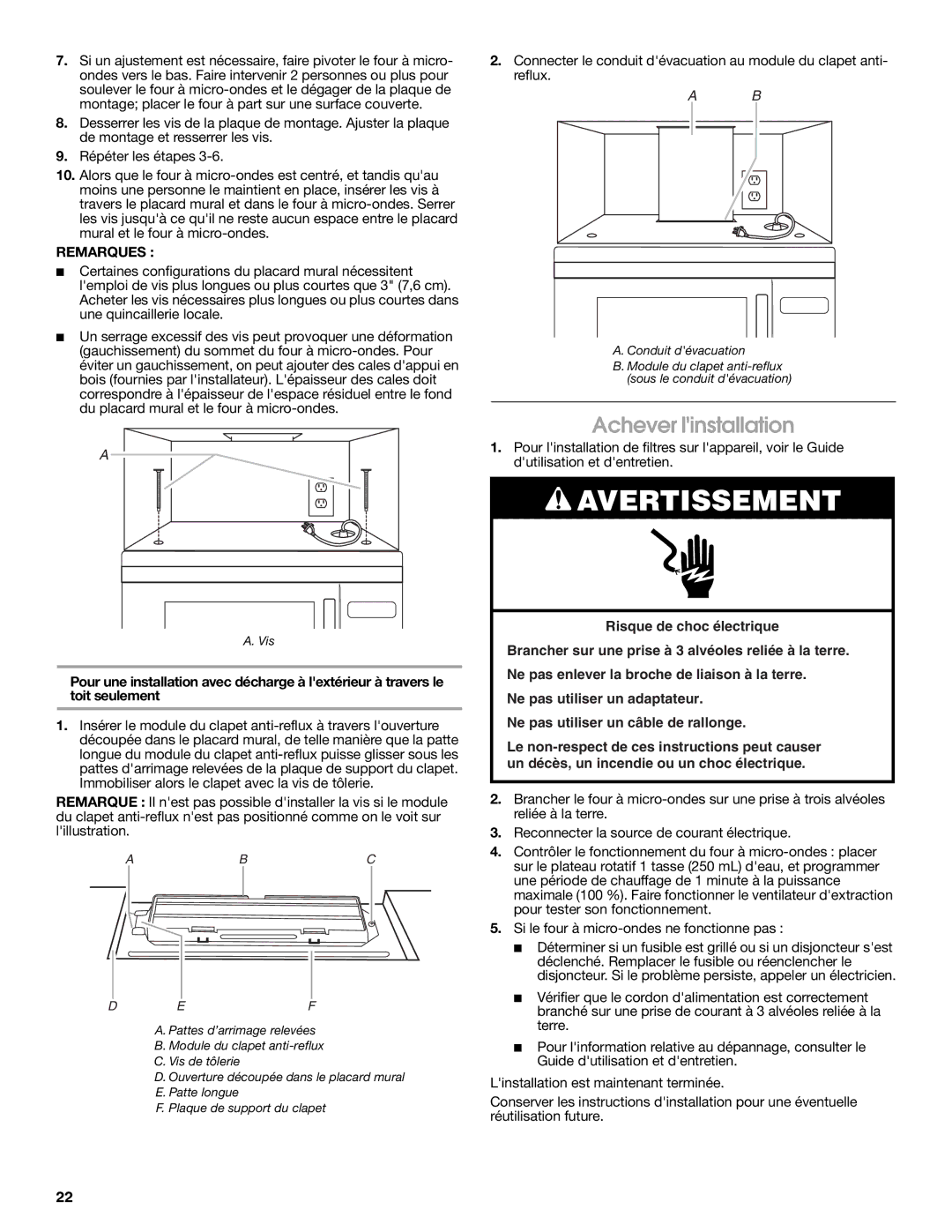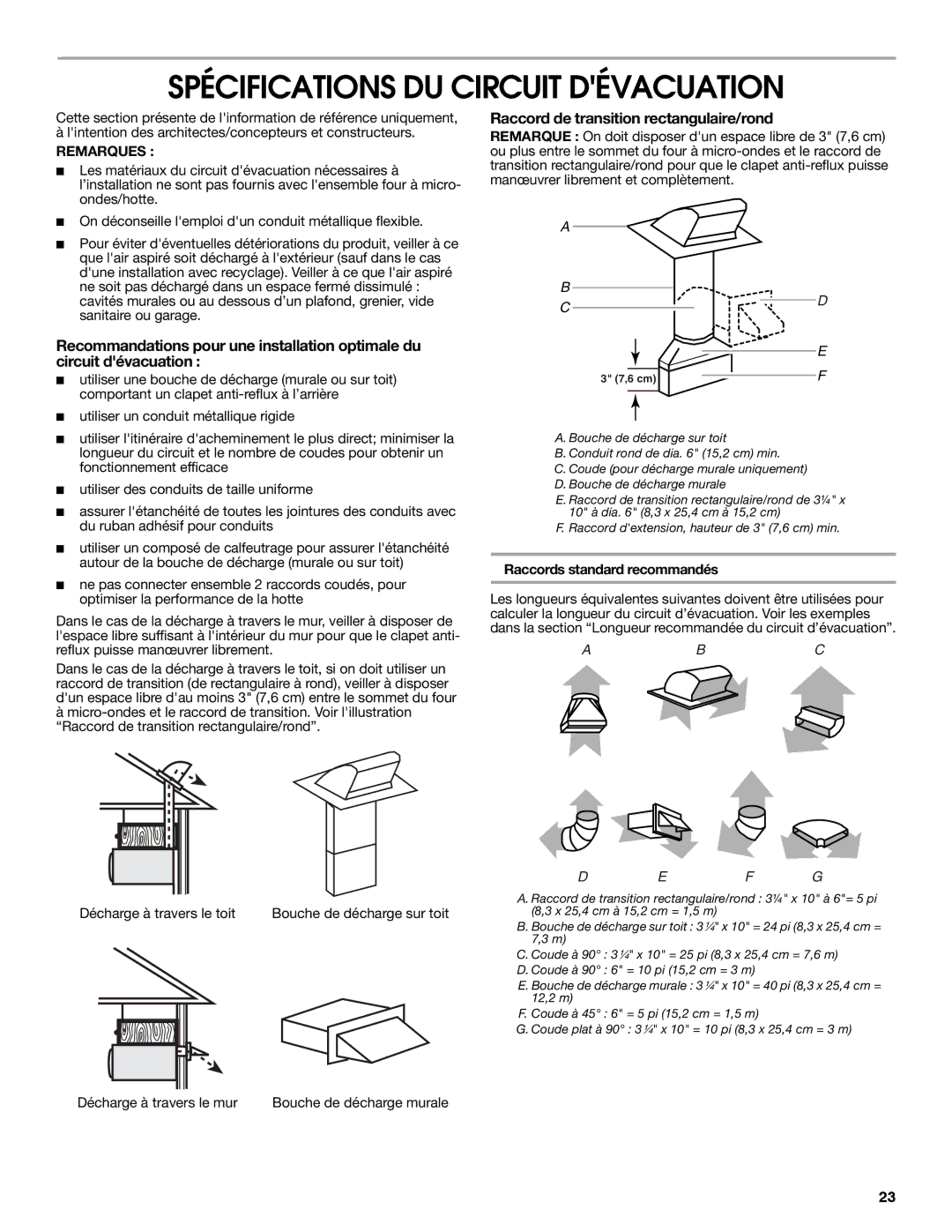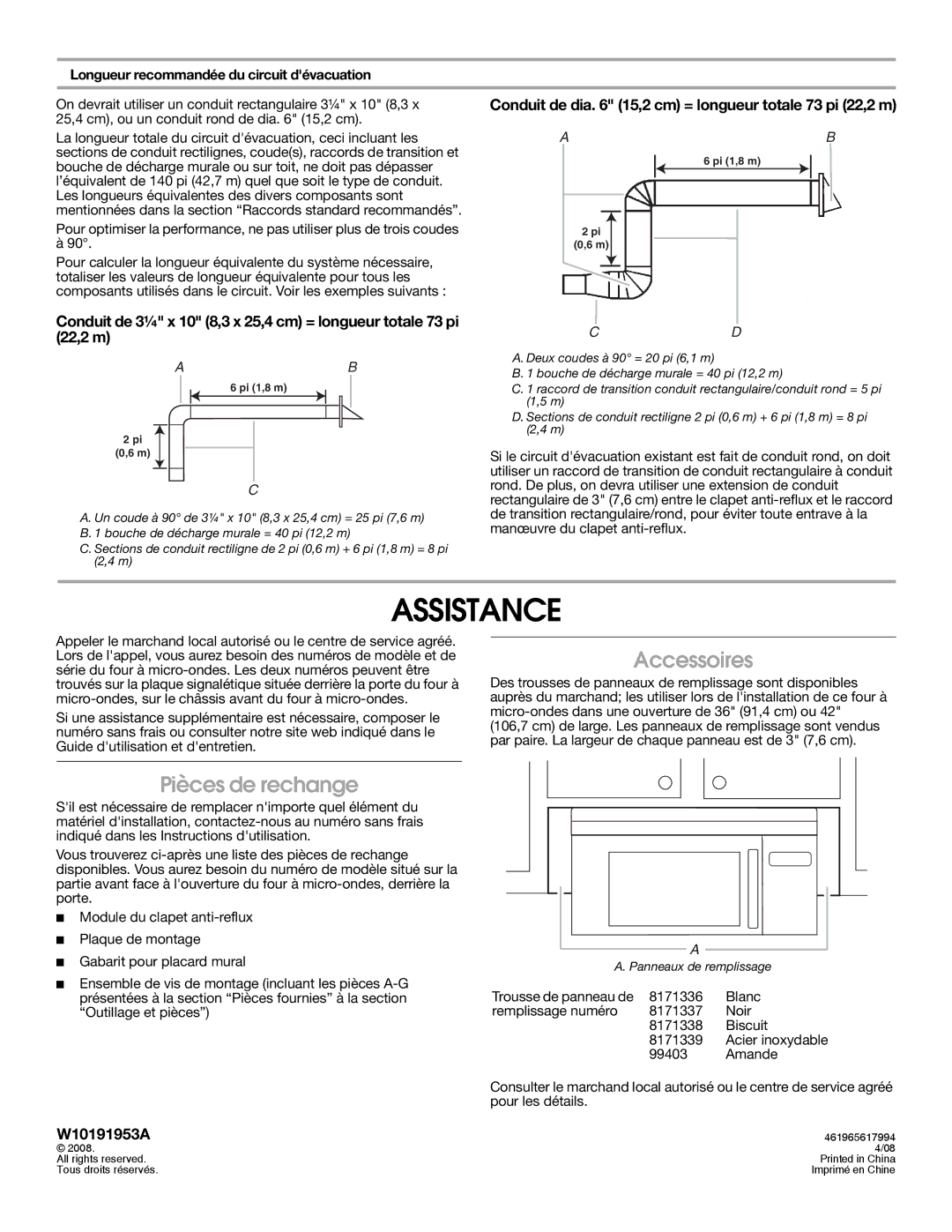W10191953A specifications
The Maytag W10191953A is a notable appliance part designed to enhance the performance and efficiency of Maytag washing machines. As a quality component, it reflects Maytag's commitment to robust manufacturing and reliability. This part is primarily recognized as a washing machine door strike, playing an essential role in ensuring the proper sealing and functioning of the washer door.One of the main features of the W10191953A is its durable construction. Made from high-quality materials, the door strike is designed to withstand the rigors of regular use, ensuring longevity and reducing the likelihood of failure. This robustness is crucial in maintaining the operational integrity of the washing machine, preventing leaks, and ensuring that the door remains securely closed during cycles.
In terms of technology, the W10191953A is engineered for compatibility with a variety of Maytag front-load and top-load washing machines. This versatility makes it an essential replacement part for users looking to maintain their appliance’s optimal performance. The installation of this door strike is straightforward and can often be completed without professional assistance, making it accessible for DIY enthusiasts and homeowners.
The W10191953A also features a precise design that ensures an exact fit, which is essential in maintaining the washer's efficiency. When the door strike is working correctly, it facilitates the activation of safety mechanisms within the washing machine, ensuring that cycles cannot start until the door is correctly secured. This not only enhances user safety but also protects the appliance from potential damage.
Another characteristic of the W10191953A is its ability to reduce operational noise. A properly functioning door strike minimizes the rattling and vibrations that can occur during a wash cycle, leading to a quieter laundry experience. This aspect is particularly valued in households where the washing machine is located near living areas.
In summary, the Maytag W10191953A is an essential component that embodies the quality and reliability of Maytag appliances. With its durable construction, compatibility with various models, ease of installation, safety features, and noise-reducing capabilities, it stands out as a vital part for ensuring optimal washing machine performance. For anyone looking to maintain their Maytag washer, the W10191953A is an excellent choice that promises to deliver lasting benefits.
